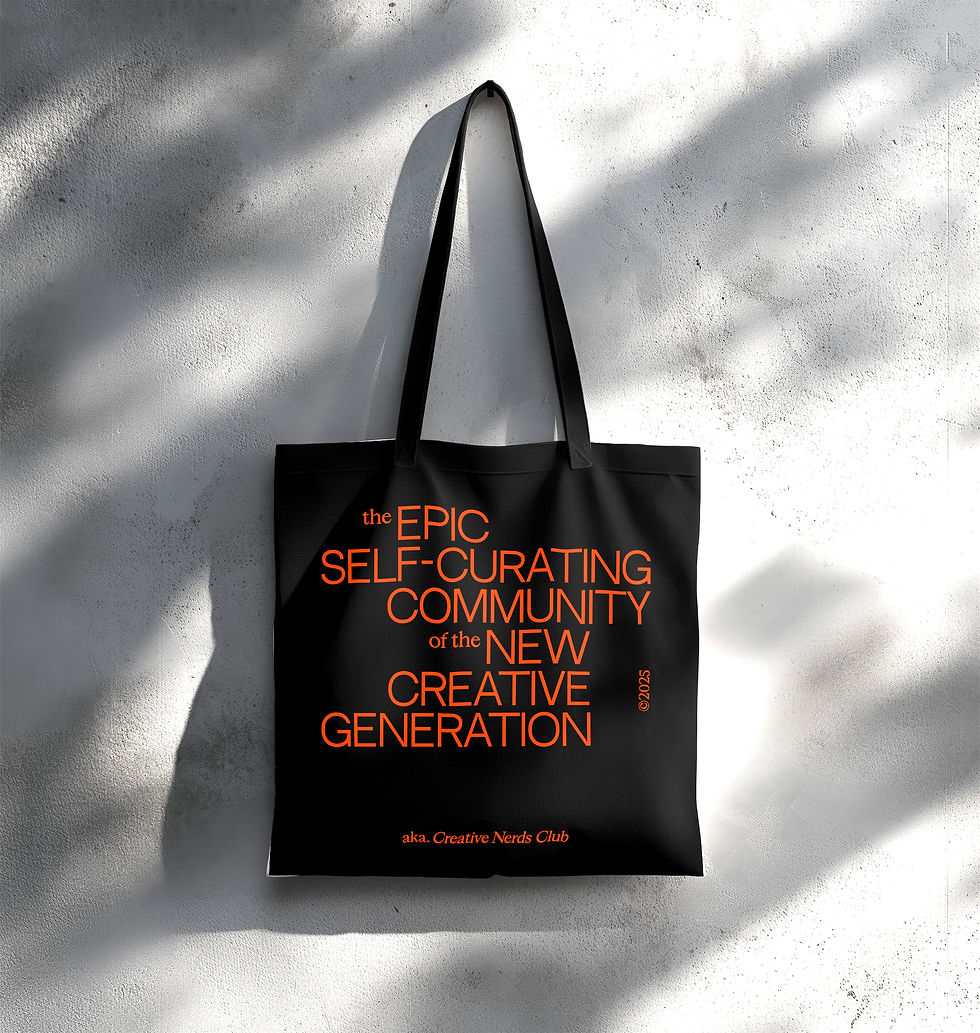DIALOGUE: Markos Kay | CGI Artist
- Onur Çoban

- Jan 6, 2023
- 4 min read
Updated: Jan 12, 2023

We talked with CGI artist Markos Kay, who came to the fore with his "aBiogenesis" series, which fascinatingly visualizes the lipid hypothesis by artificial intelligence.
Who is Markos Kay, would you like to introduce yourself?
I am a disabled multidisciplinary artist, creative director and lecturer with a special interest in art & science and generative art. Since 2019 I have been housebound and bedbound due to a severe chronic illness known as ME/CFS and I have been creating from my bed, whenever my illness allows.
How would you define your art practice that you blur the boundaries of art and science?
My work can be described as an ongoing exploration of digital abstraction and experimentation with generative methods. My experiments often explore the complexity of the invisible and mysterious worlds of molecular biology and particle physics. Because of my background in both art and design, my work often lies on the intersections of the two.
A major theme in my work is the investigation of the computational paradigm in contemporary science and culture and its effect on knowledge-making. My first digital works explored the ideas of artificial life and intelligence and it’s interesting to see this subject come to the forefront again today and in my own practice.

You bring art and technology together in your work. We see a production process heavy on the technical side; when does the artistic approach get involved in this process?
My approach is very much concept-led, it’s all about having a big idea and then finding ways to bring it to life. I am a great believer in the “message is the medium” and because my work involves the exploration of the computational paradigm in contemporary culture, I use computational tools which are inevitably technical. Even though my work can be technically complex, the technical aspects are only a means to an end. My main and only concern is getting the message and idea across in whatever way is necessary, if I have to learn a completely new skill for a particular concept, I will.
Your work aBioGenesis, a conceptual re-imagining of the “lipid world” theory, which proposes that life originates from lipids that form membranes that will then envelop matter and nutrients to form proto-cells, has received a lot of attention. Can you tell us a bit about the story behind this work?
The aim of my work is to engage viewers on an intuitive level with complex, often inaccessible scientific subjects. I hope to evoke people’s imagination and curiosity about the happenings behind the scenes of our reality. With Abiogenesis, I set out to do just that. I wanted people to feel a sense of awe at the marvels of our world, to access that deep human sense of wonder that we all share. And what better subject than the story of the origins of life! The response has been massive, beyond any expectations, and I think it is because people connected to it on a very instinctive level. Some people have suggested that it may be possible that these primordial biological forms activate deep memories of our ancient past.
Your latest project, “Inside the Biocomputer” was inspired by advancements in biocomputing and AI neural networks. We would like to hear the story of this work from you.
The series imagines what it is like inside the mind of a hypothetical biocomputing neural network where connections and patterns exist in a kind of liminal state and superposition of possibilities. This is visualised as biomorphic hybrids of nature and technology, combining imagery such as anatomical structures, nerve cells, computer circuits and fractals. The series explores the implications of a world where nature and technology have become so intertwined and questions whether there is a fundamental difference between the artificial and the natural.

So far, you have collaborated with many global companies such as Apple, Disney, Nike, Adidas, Maserati, Ford, MTV, Nvidia, and BBC. As a result of your collaboration with these companies, what has been the most exciting work for you regarding the design process and the final product?
I couldn’t pick one project, but as a big idea person and as a creative director, the most exciting aspect of any project for me is concept development which involves creating an all-round vision of a consistent style, storytelling and impact through a unique POV. It is like creating a storyworld, which then a team can be guided through to bring to life.
What do you do to stay inspired? Who are the names you follow with curiosity in this field or from different disciplines?
I try not to seek inspiration but let it come and go on its own accord. It has a life of its own and it’s not to be messed with, forced or ignited. I often find myself overwhelmed with the amount of ideas pouring in and the volumes of sketchbooks filled with project concepts that I already have.
My core influences are classic artists: Bosch, Van Eyck, Velazquez, Fouquet, and Caravaggio. When I became bed-ridden because of my illness I started a series of drawings called “Ode” where I deconstructed some of these artists’ work into comic strips. You can see some of these in the Drawings section of my website.
Of course the work of current artists is a constant source of influence, as we are all part of an interconnected movement that is culture.
Are you excited about the future? What are your plans?
I am very excited about the future of neural network technologies and the effect they will have on art. My plan is to continue developing and exploring methods with these technologies while combining them with different generative tools such as simulations or bringing them into the physical through 3d-printing, painting, textile or wherever my ideas take me!




































